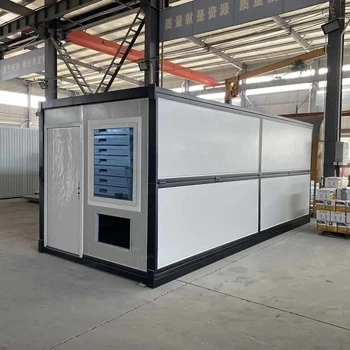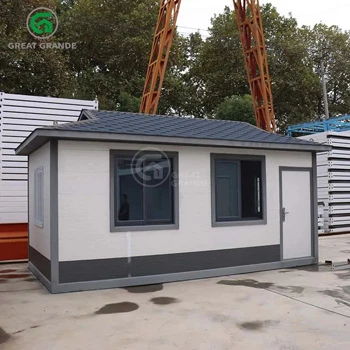China built Huoshenshan and Leishenshan Hospitals in Wuhan using container houses, a swift solution for infectious disease hospital construction.
During the Spring Festival of 2020, as a novel coronavirus spread rapidly in Wuhan, designated hospitals for infectious diseases were overwhelmed, and many infected individuals could not receive the necessary treatment. To address this crisis, the government initiated the construction of two hospitals—Huoshenshan Hospital and Leishenshan Hospital—in record time. These hospitals were built using the latest modular housing technology, offering significant advantages in terms of speed and practicality compared to traditional construction methods.
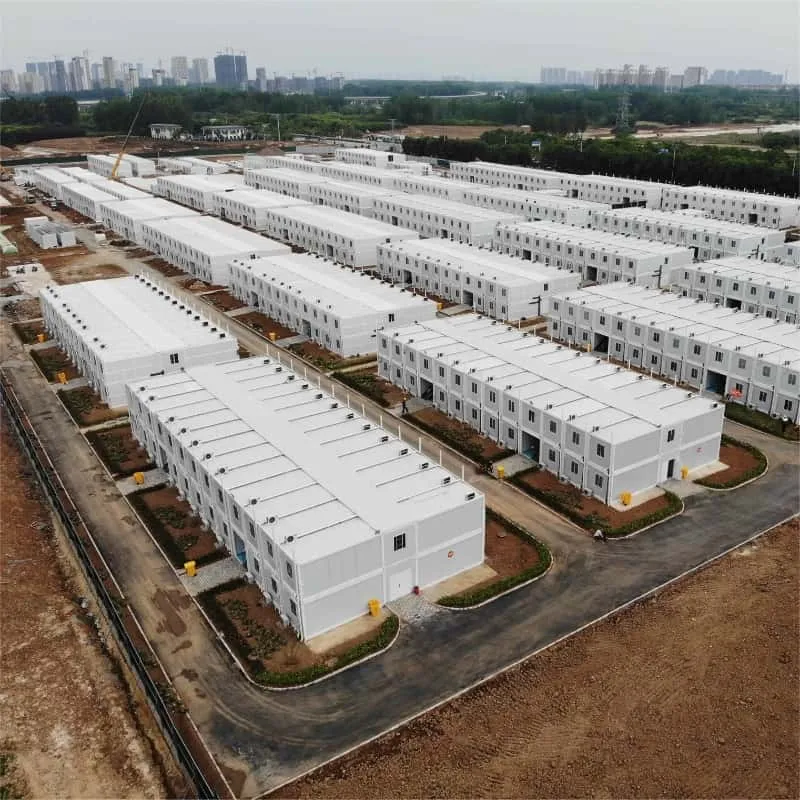
Modular Design for Infectious Disease Hospitals
Designing an infectious disease hospital differs significantly from designing a general hospital. The primary focus is on interrupting the chain of infection and controlling infection sources at three levels: pathogens, hosts, and the environment. In terms of layout, it’s essential to establish functional zones, delineate clean and contaminated areas, and create clear paths for each department.
The medical area should be divided into three distinct zones:
the clean area, the semi-clean or semi-contaminated area, and the contaminated area. Three distinct pathways should be designated: the clean route, the semi-contaminated route, and the contaminated route. Special attention should be given to separating patient activity areas from medical staff work areas within the medical zone to minimize the risk of cross-contamination and logistical issues.
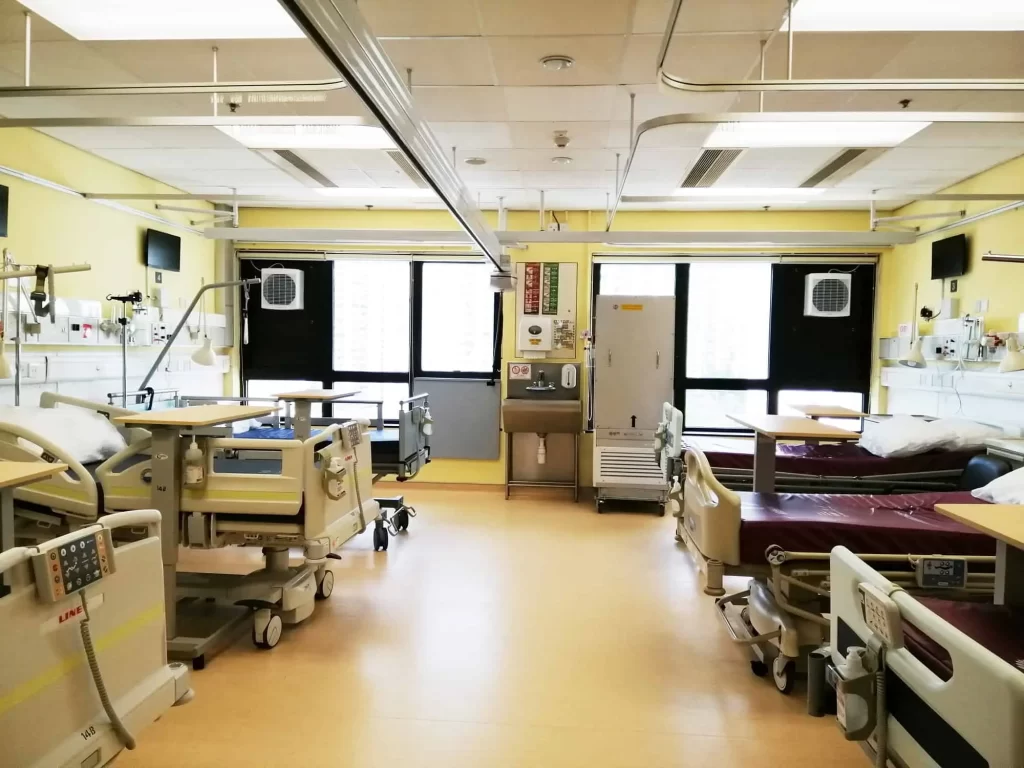
Challenges in Infectious Disease Hospital Design
Designing infectious disease hospitals presents several challenges:
- Isolating contaminated areas and conducting on-site disinfection.
- Controlling the intermediate area to minimize contamination.
- Protecting the clean area from contamination.
Additionally, the design must consider the medical environment for patients and provide a comfortable and green indoor and outdoor environment for medical staff working long hours.
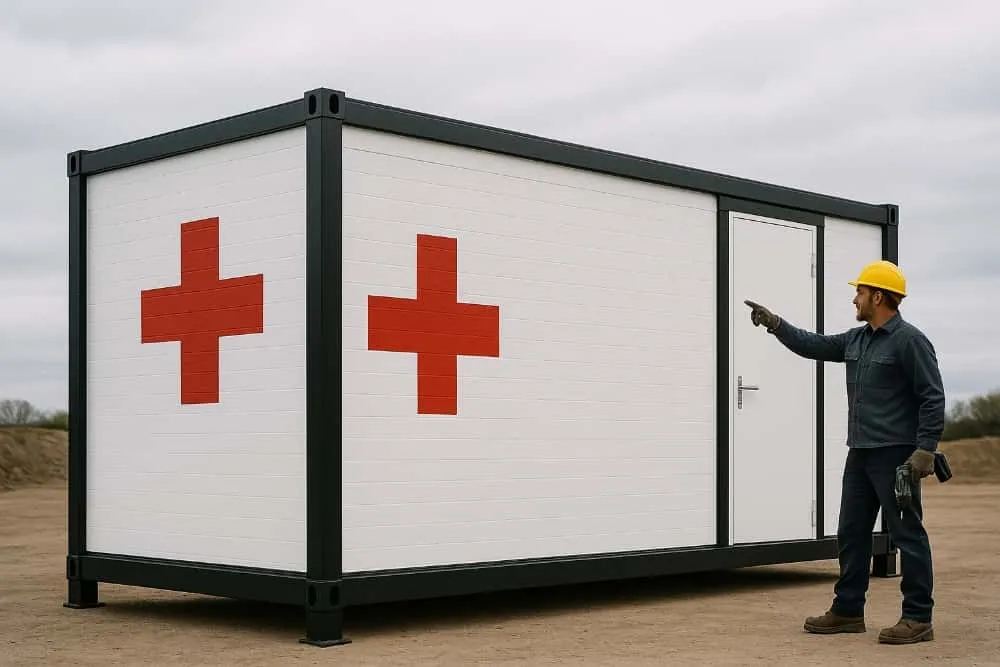
Rise of Container House Buildings:
Since 2015, China has been actively promoting the development of prefabricated buildings. Through extensive research and development and collaboration across the industry, including design, production, and construction, container mobile houses (box-type board houses) have become a prime example of factory-produced, rapidly assembled structures.
Modular Container Houses:
Container houses, also known as box-type board houses, fall under the category of prefabricated buildings. They transform traditional housing into modular units, each comprising a single room or a specific three-dimensional space. These units are manufactured and refined in a factory, complete with decorations. They are then transported to the construction site for assembly and connection.
The modular building’s structure consists of self-supporting space substructures that are vertically and horizontally joined to create a complete structural system. The modular steel structure, including frame processing, envelope production, pipeline installation, and even fine decoration, is completed in the factory. Subsequently, the Container House units are transported to the construction site for assembly, drastically reducing on-site construction time.
Huoshenshan and Leishenshan Hospitals:
Huoshenshan Hospital and Leishenshan Hospital in Wuhan were constructed in an exceptionally short time frame. This was made possible through the use of modular buildings, with the entire structure composed of numerous 6m*3m container movable rooms. These container houses were configured to serve various functions, including patient wards, restrooms, buffer areas, patient corridors, and medical corridors. The flexibility of modular design effectively addressed the challenges of streamlining and partitioning within these makeshift infectious disease hospitals.
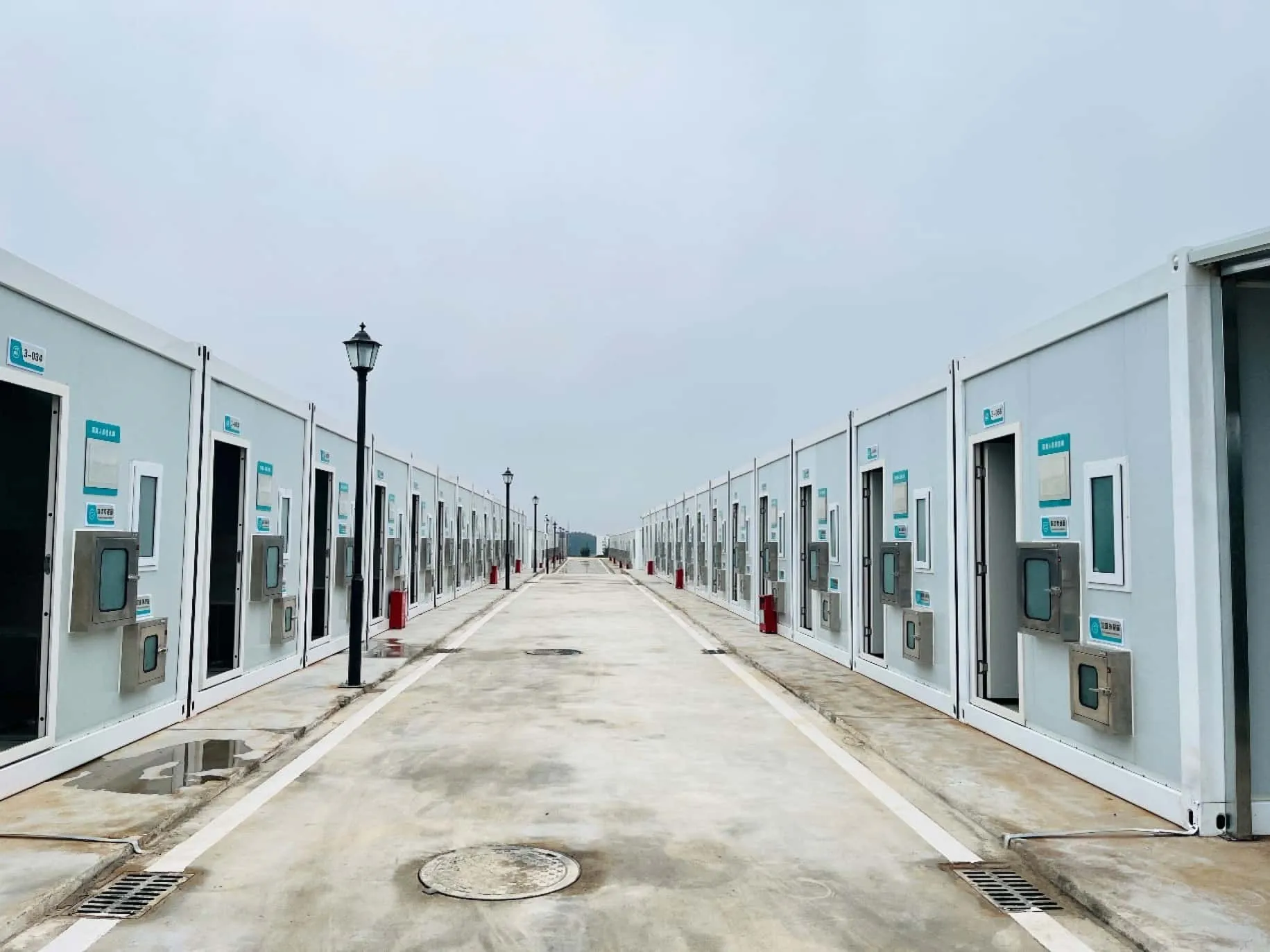
Conclusion:
Modular housing, exemplified by container mobile houses, has emerged as a rapid and efficient solution to address the urgent need for infectious disease hospitals. The construction of Huoshenshan and Leishenshan Hospitals in Wuhan demonstrates the remarkable capabilities of modular building technology in responding to public health crises and other emergency situations.

